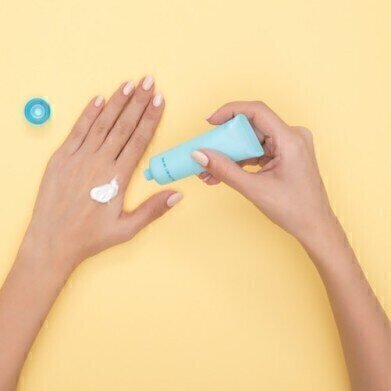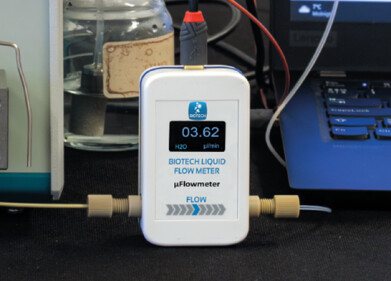HPLC, UHPLC
Are 'Skin Whitening' Products Safe? - Chromatography Explores
Oct 01 2019
A recent paper published in the Journal of Associated Medical Sciences has investigated the content of illegal skin whitening creams in Thailand. The first line of the paper states: ‘White skin is considered to be the highest beauty standard in Thailand.’ But unfortunately, this is not a problem that is confined to Thailand alone.
An internet search into skin whitening will quickly reveal that this is a major issue in the UK too - with the Local Government Association (LGA) issuing a warning to UK consumers about some skin creams. Let’s taker a look at the issue and see what chromatography helped to find in the skin creams tested in Thailand.
Toxic skin cream
Skin lightening creams are marketed at men and women from black and minority ethnic groups, but they can also be used to lighten blemishes and acne scars. But some creams are dangerous and the LGA report in a press release that ‘Highly toxic skin lightening creams that act like paint stripper and increase the risk of cancer are being sold on high streets.’
Genuine creams can be expensive to buy and difficult to get on prescription. And this can drive the market in illegal creams which can be inexpensive and simple to manufacture The LGA estimate that the market could double over the next ten years meaning that even more inferior, illegal and potentially toxic creams could be used.
Chromatography measures hydroquinone
Some illegal creams can contain banned ingredients - and some of these can cause serious harm. One of the most widely used compounds in skin lightening creams is the bleaching agent hydroquinone - described in the LGA press release as the biological equivalent of paint stripper. Hydroquinone is one of the most effective skin bleaching agents, working by inhibiting tyrosinase synthesis - the key enzyme responsible for melanin production.
Although hydroquinone has been used historically in cosmetics, due to unfavourable long-term effects its use was prohibited in the 1990s. Unfortunately, hydroquinone is still used in some products - and the paper from Thailand that is referenced above investigated the use of hydroquinone in skin whitening creams.
The team measured hydroquinone levels using chromatography. Using chromatography to analyse samples is the subject of the article, Increasing HPLC / UHPLC Sample Throughput: Doing More in Less Time. The team in Thailand found that approximately 6% of samples tested contained hydroquinone. Consumers beware.
Digital Edition
Chromatography Today - Buyers' Guide 2022
October 2023
In This Edition Modern & Practical Applications - Accelerating ADC Development with Mass Spectrometry - Implementing High-Resolution Ion Mobility into Peptide Mapping Workflows Chromatogr...
View all digital editions
Events
ACS National Meeting - Fall 2024
Aug 18 2024 Denver, CO, USA
Sep 04 2024 Chiba, Tokyo, Japan
Sep 04 2024 University of Warwick, Coventry, UK
Sep 10 2024 Rockville, MD, USA
Plastics Recycling World Expo Europe
Sep 11 2024 Brussels, Belgium














